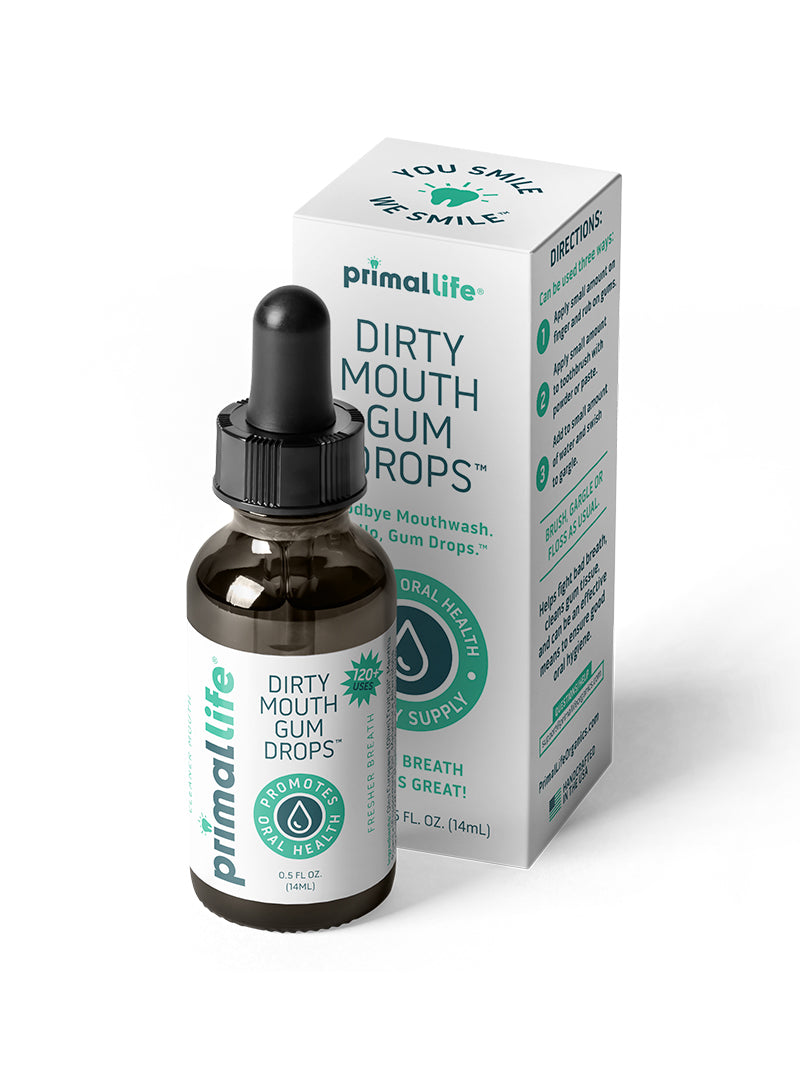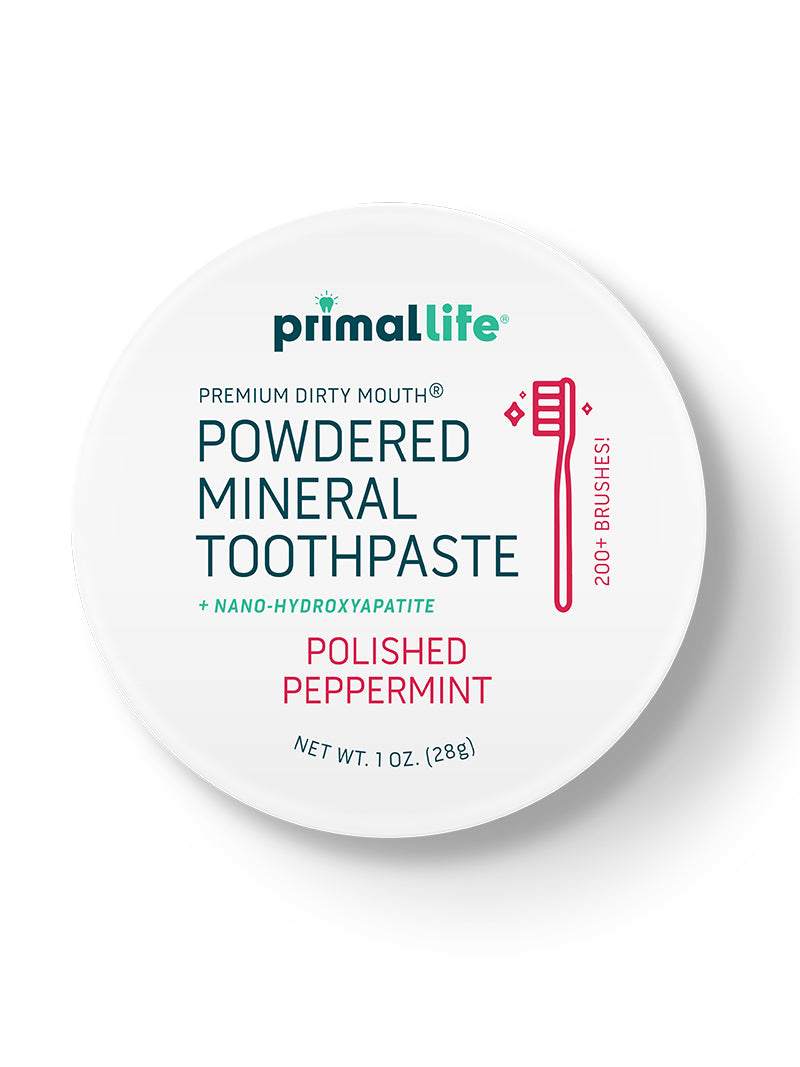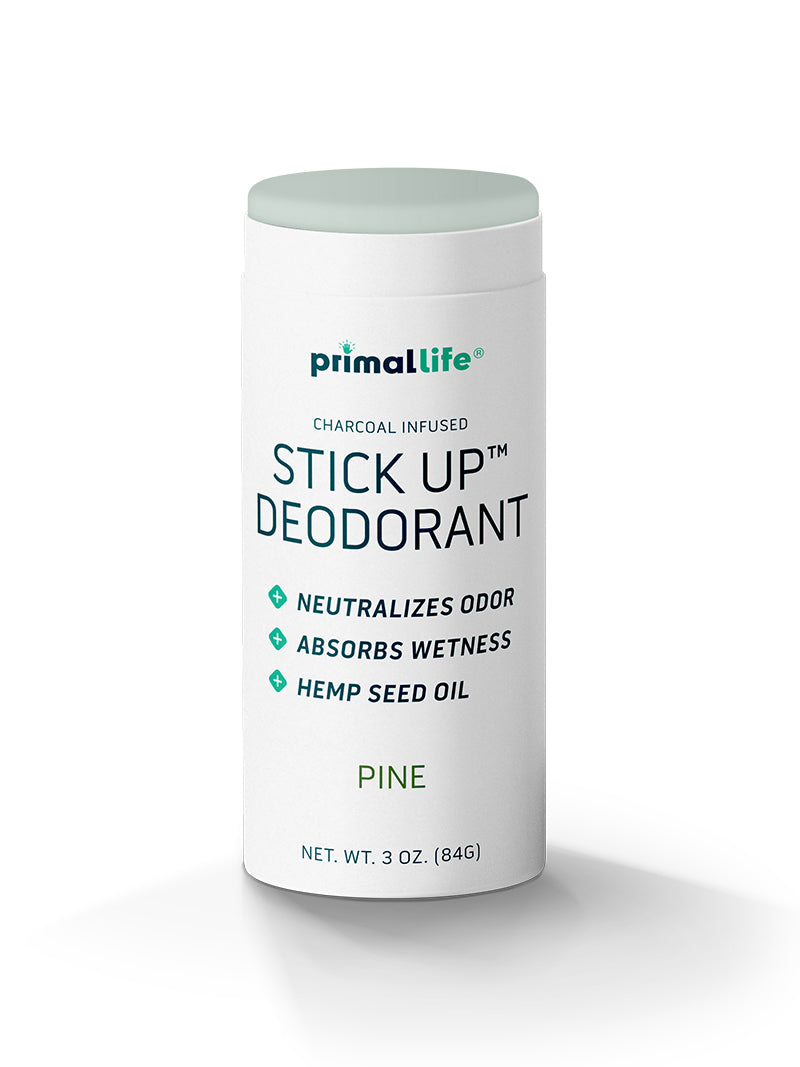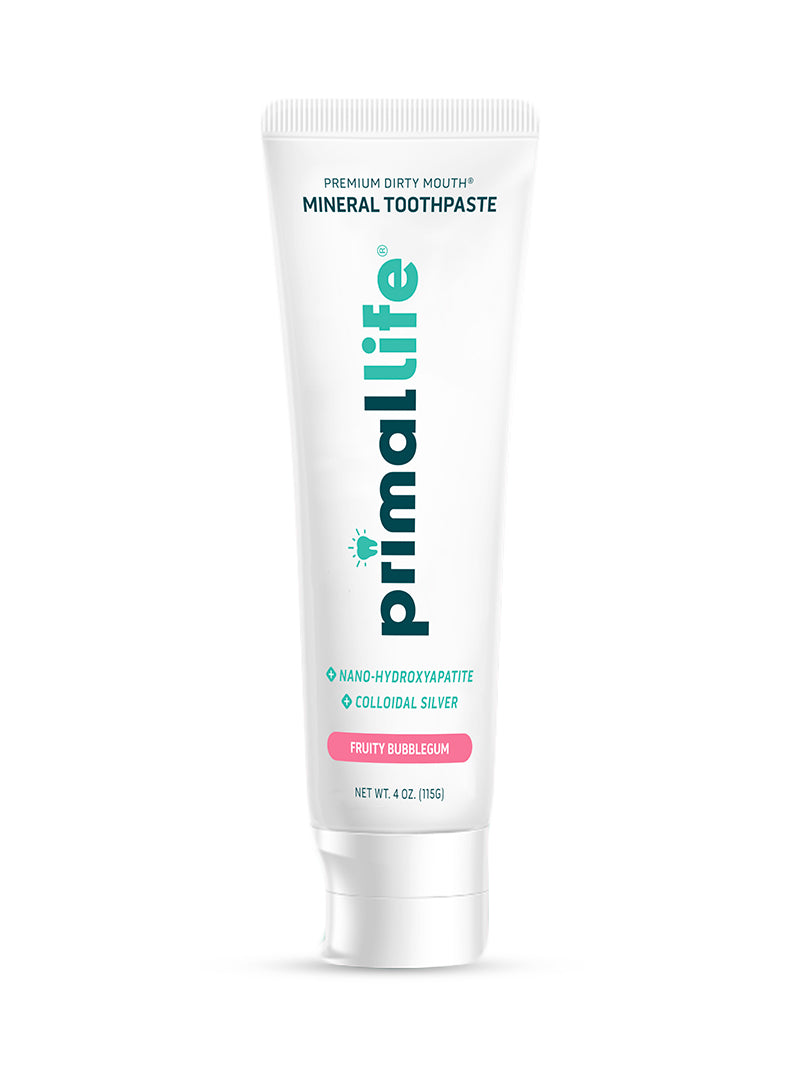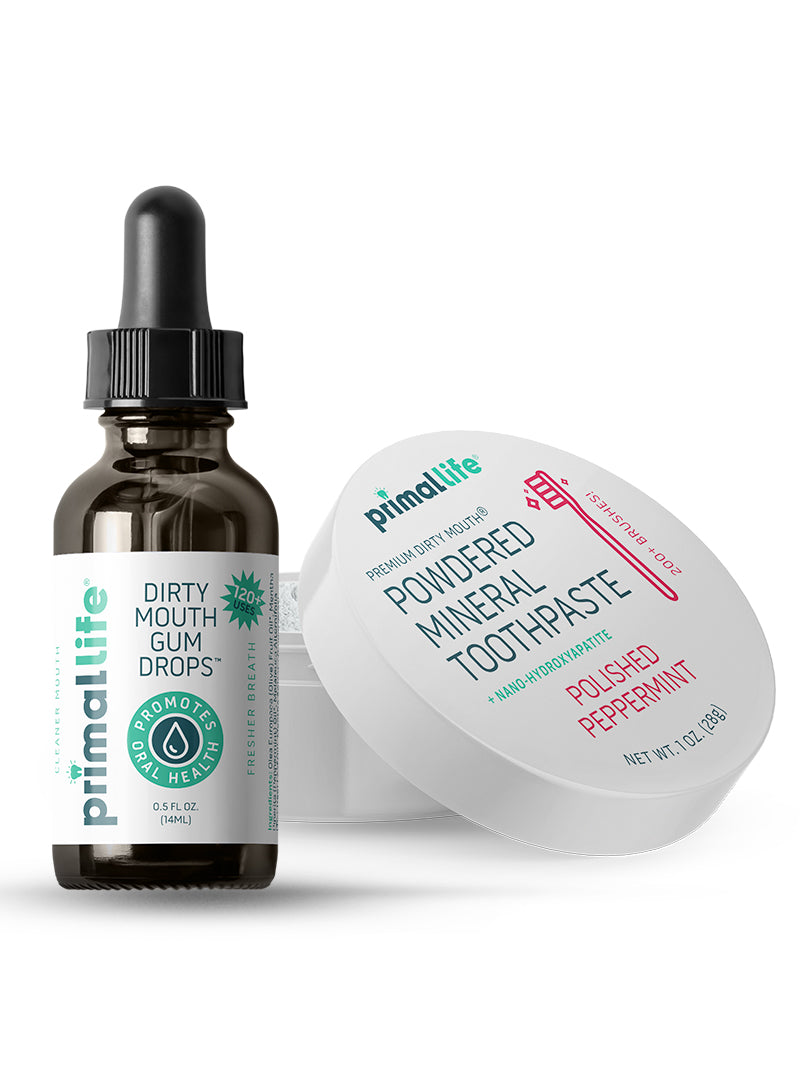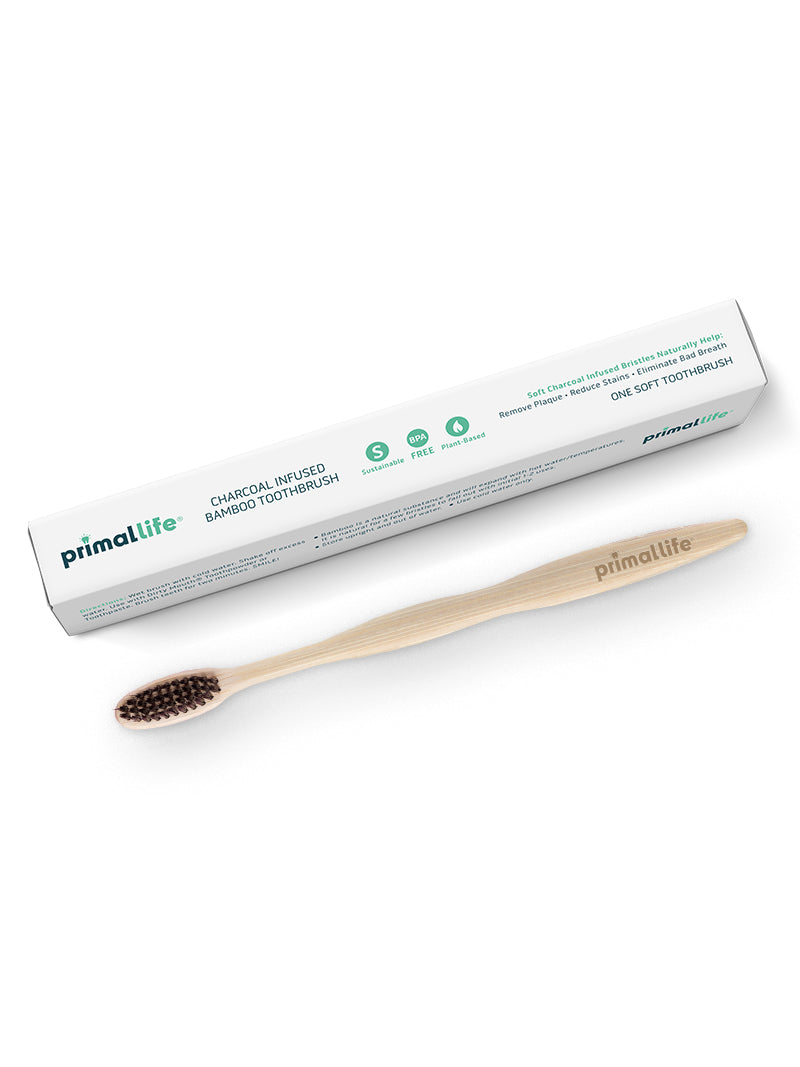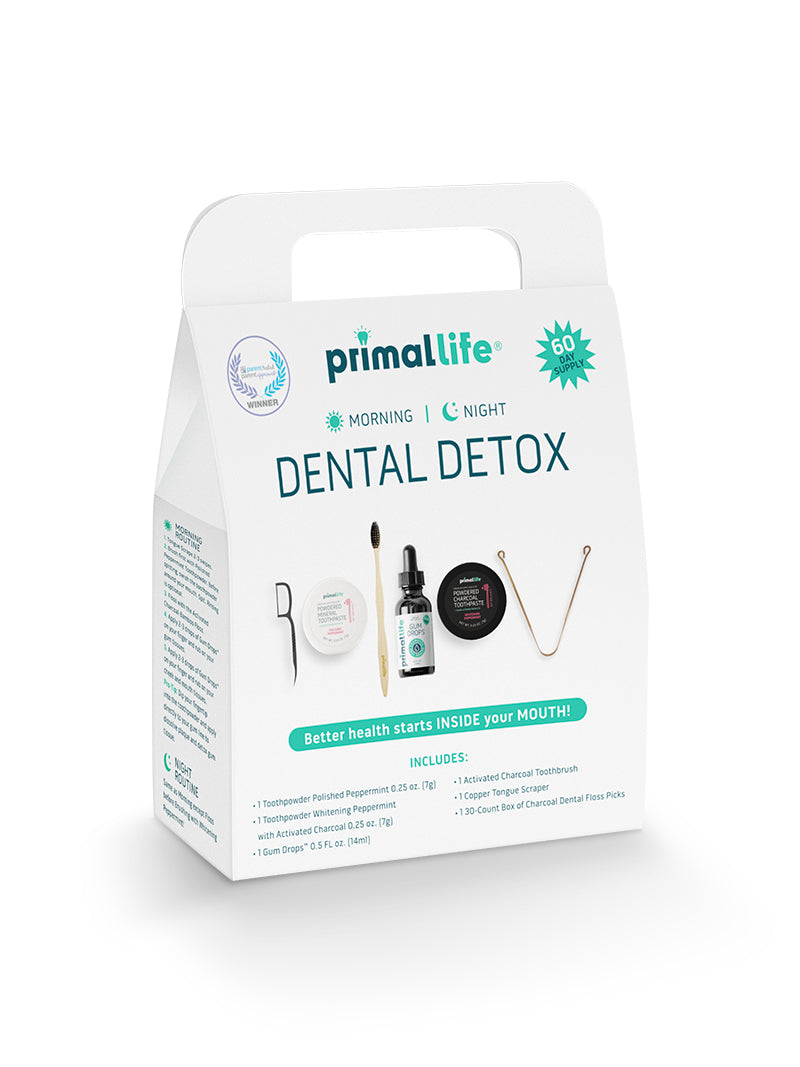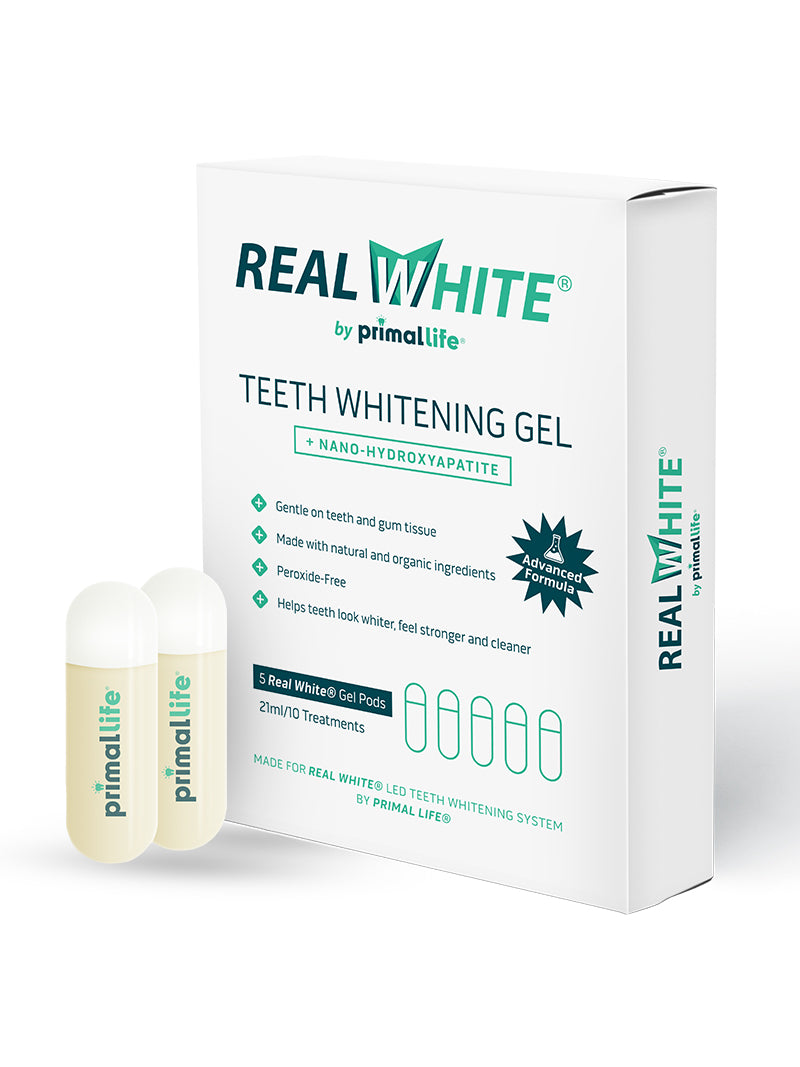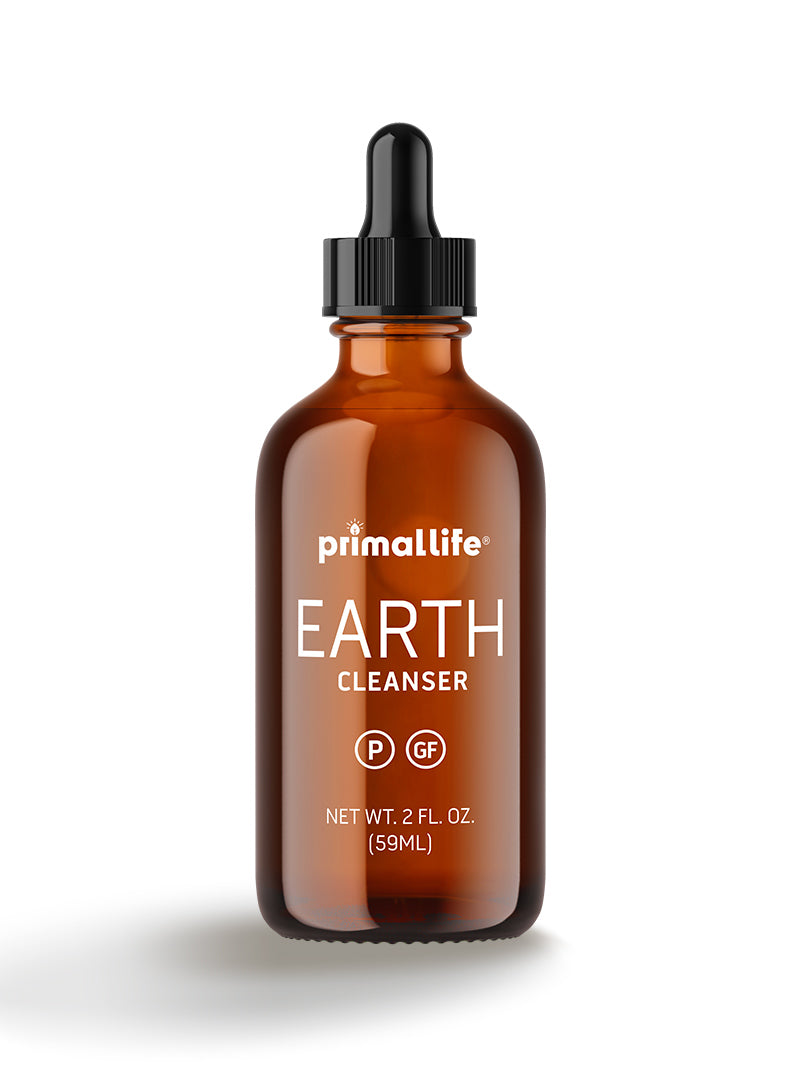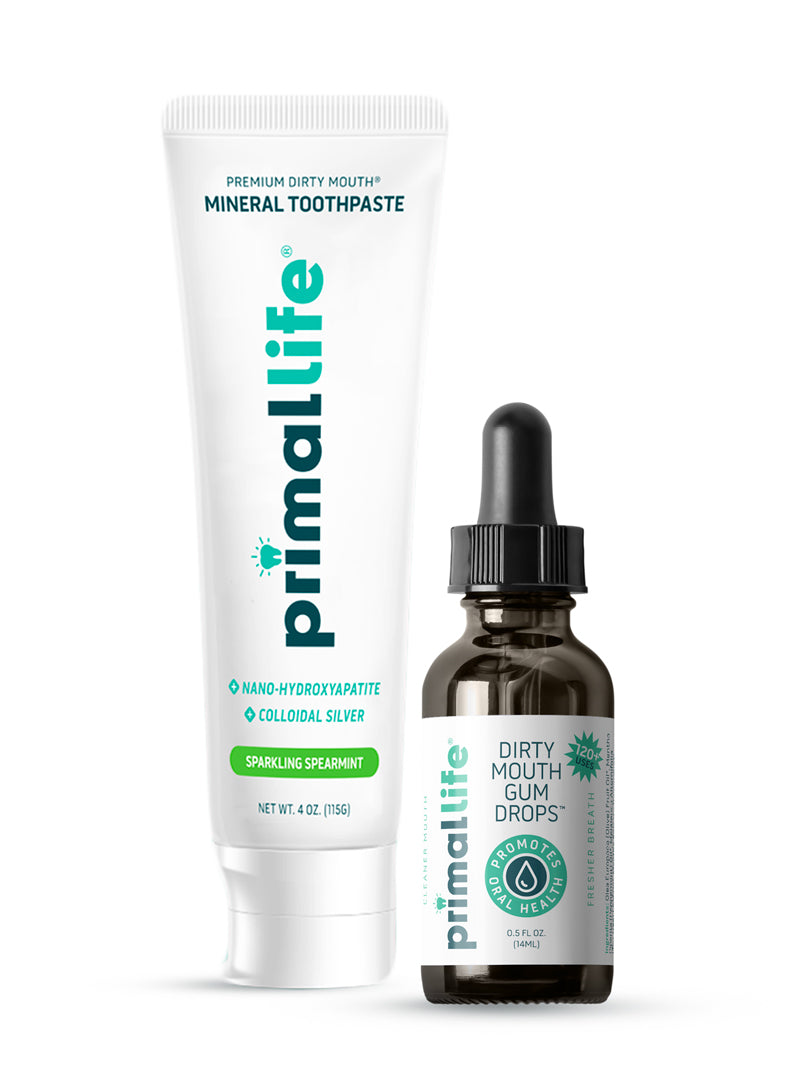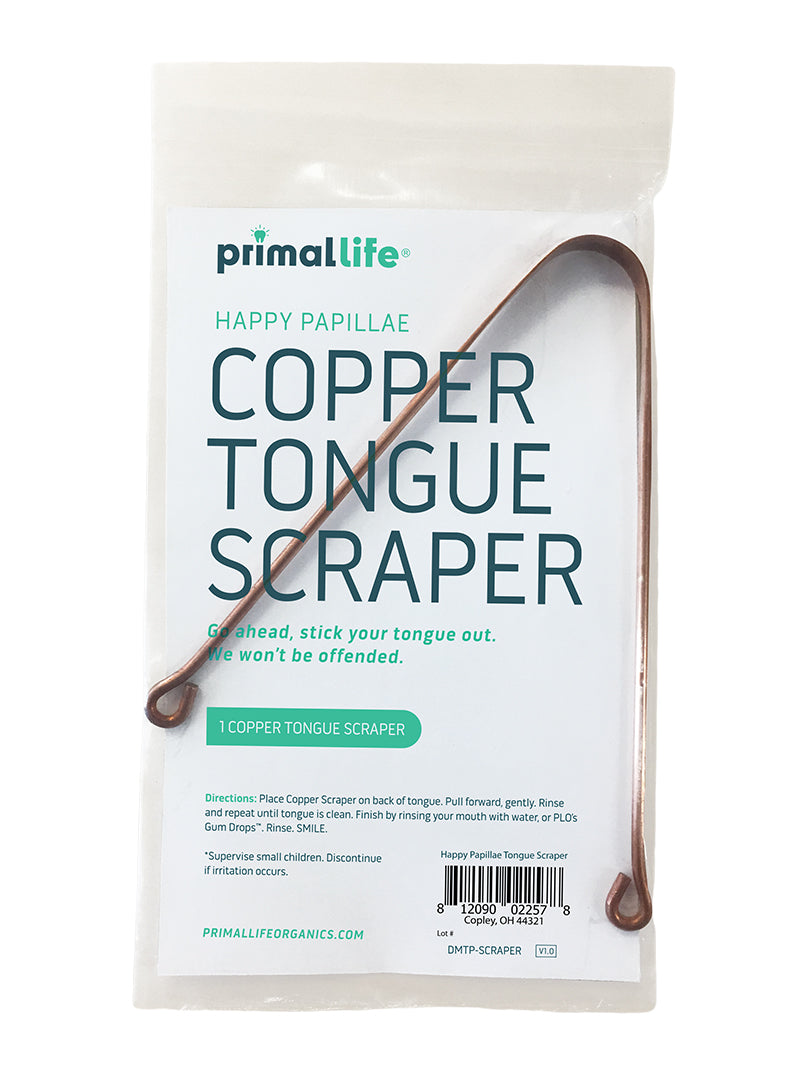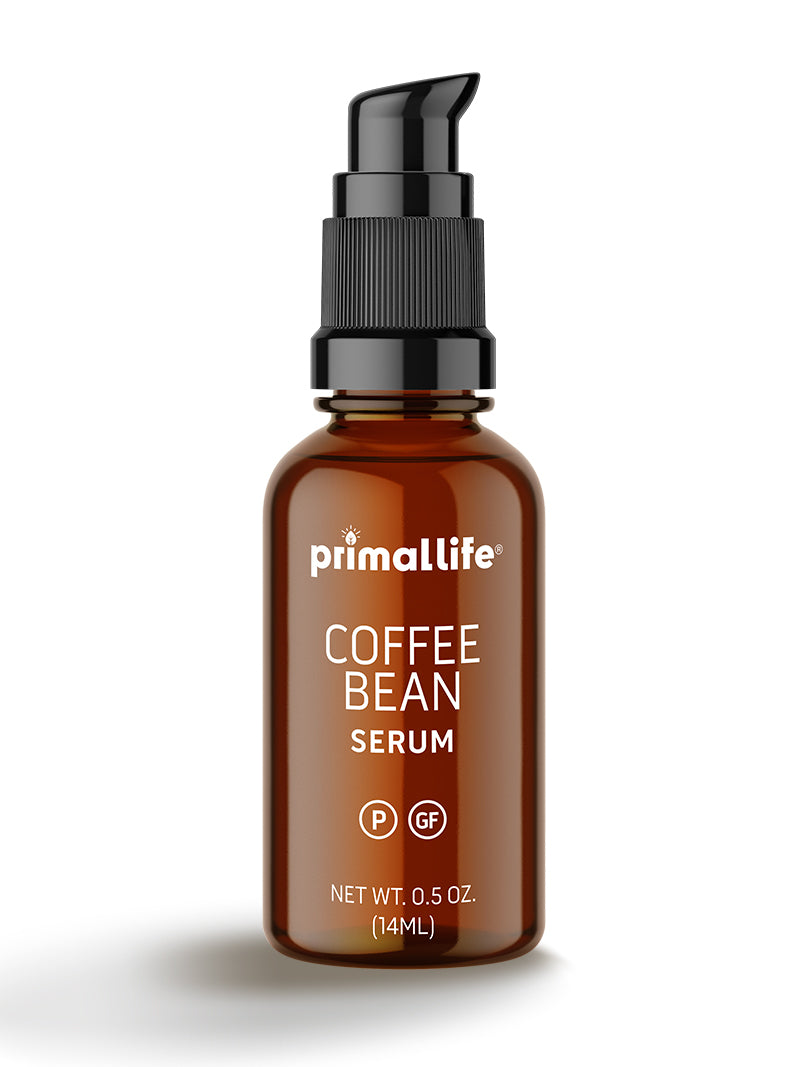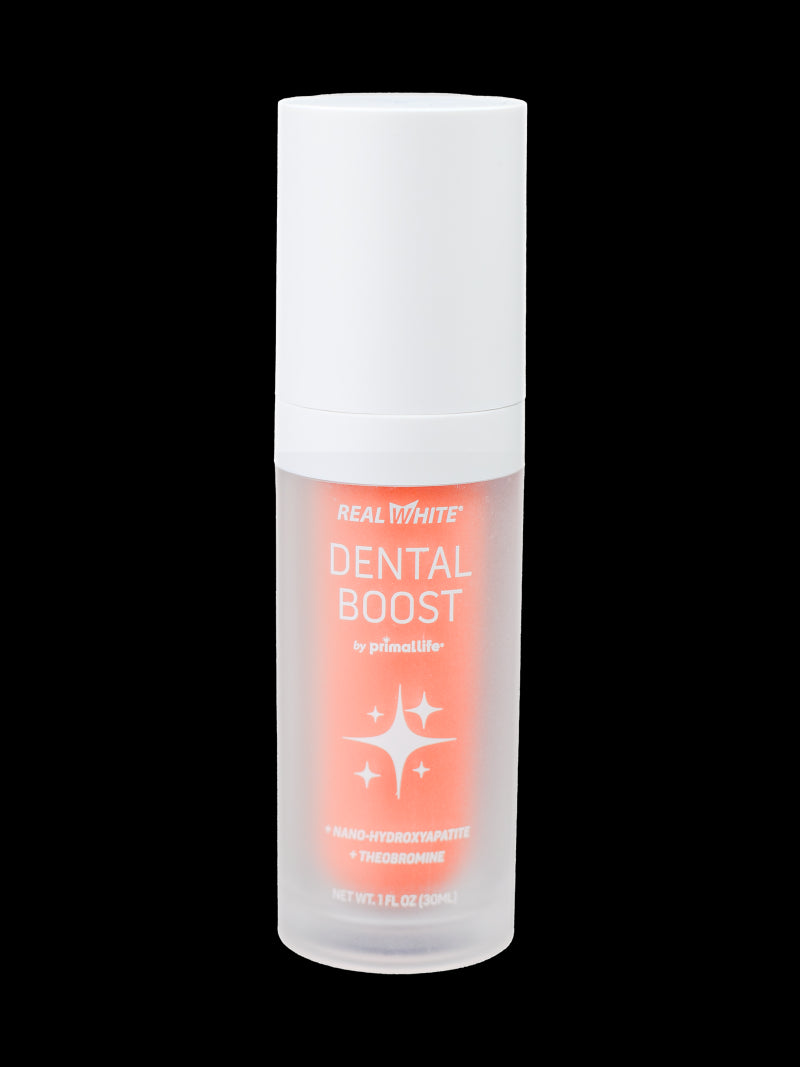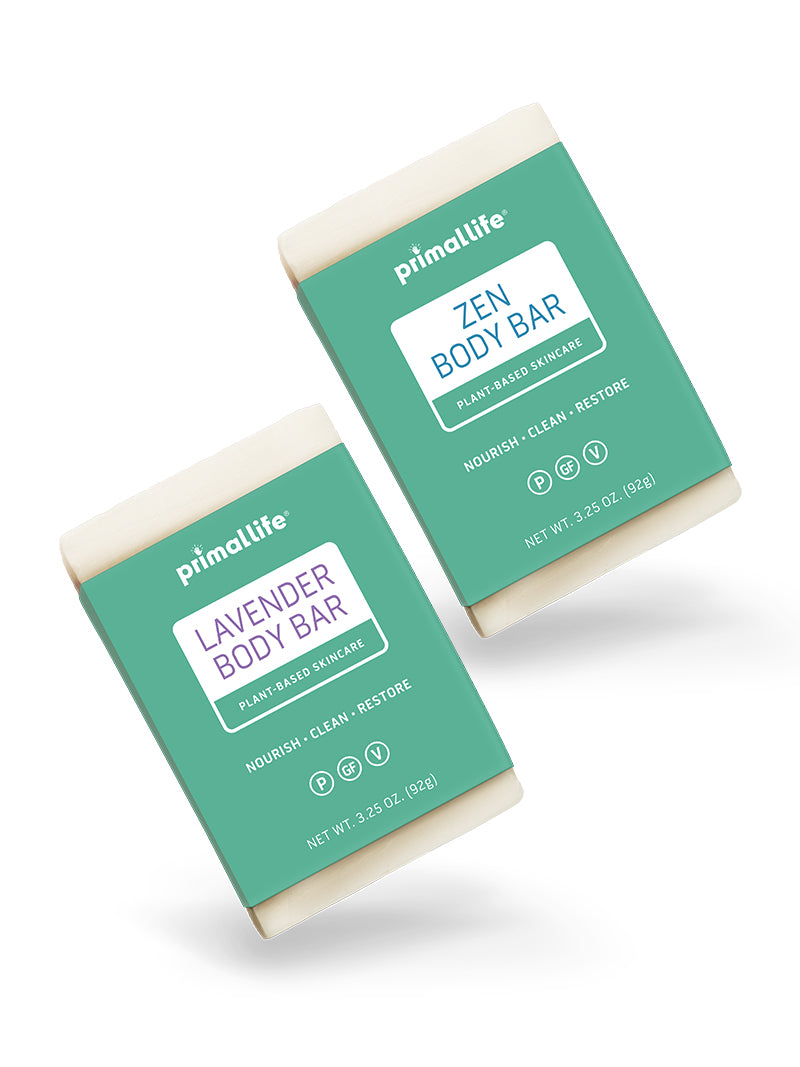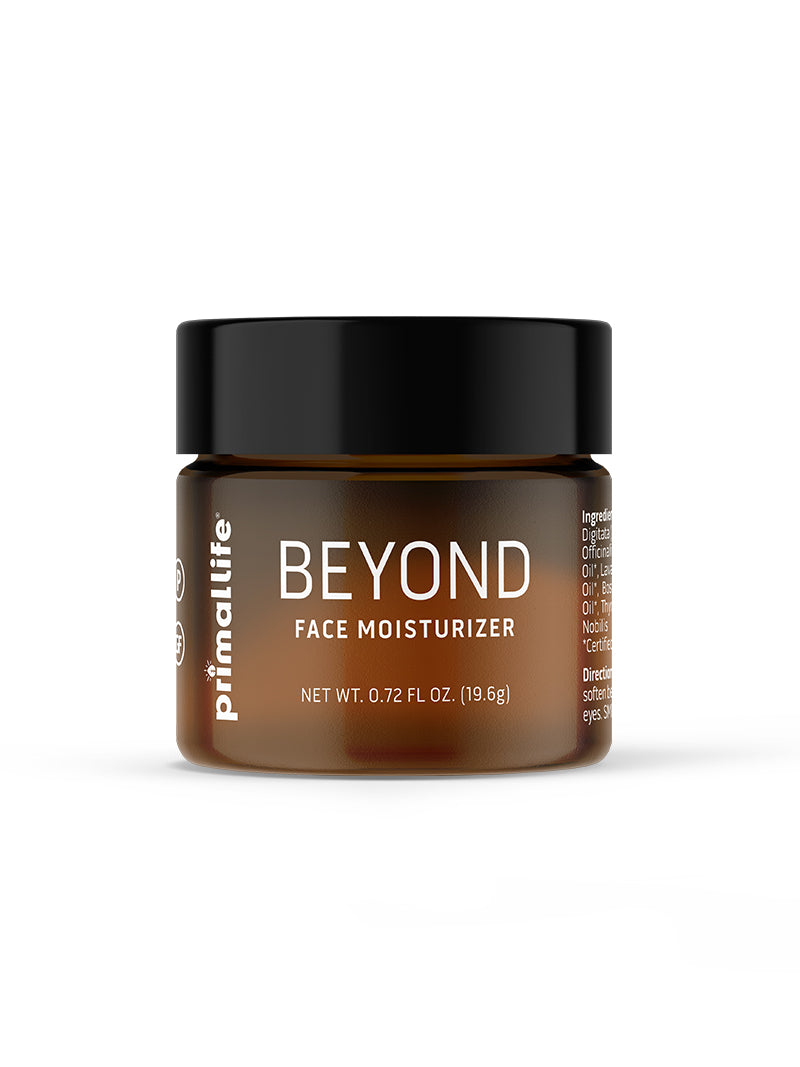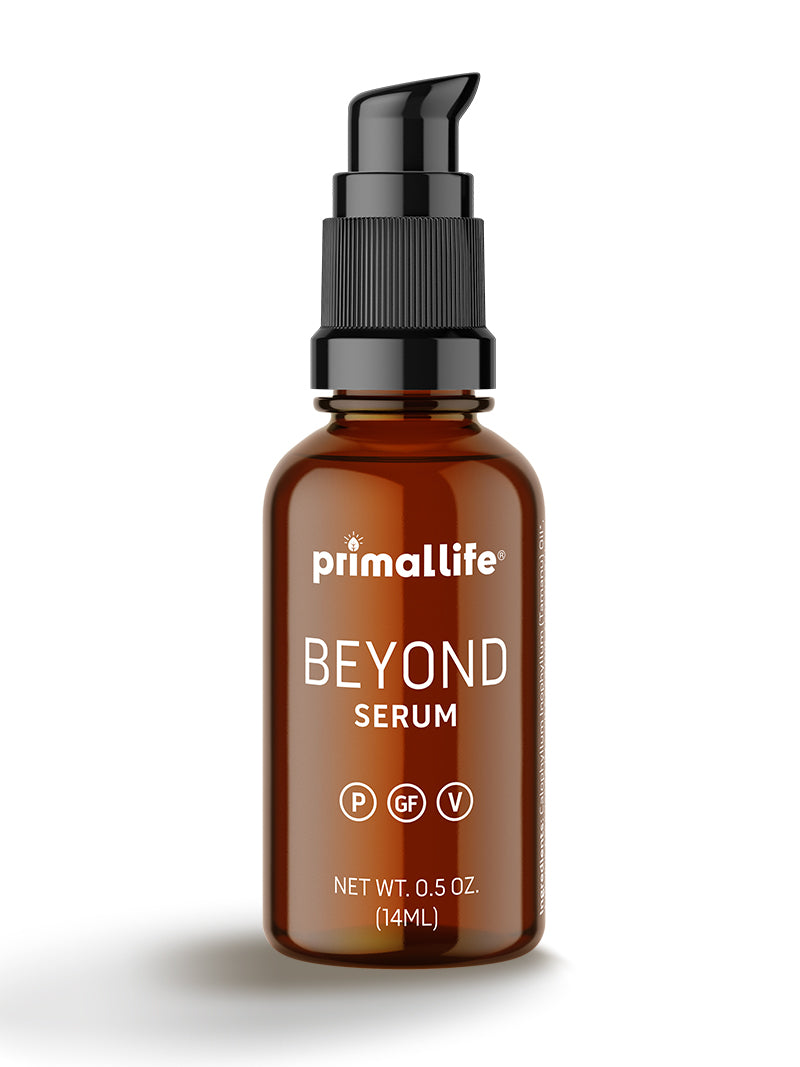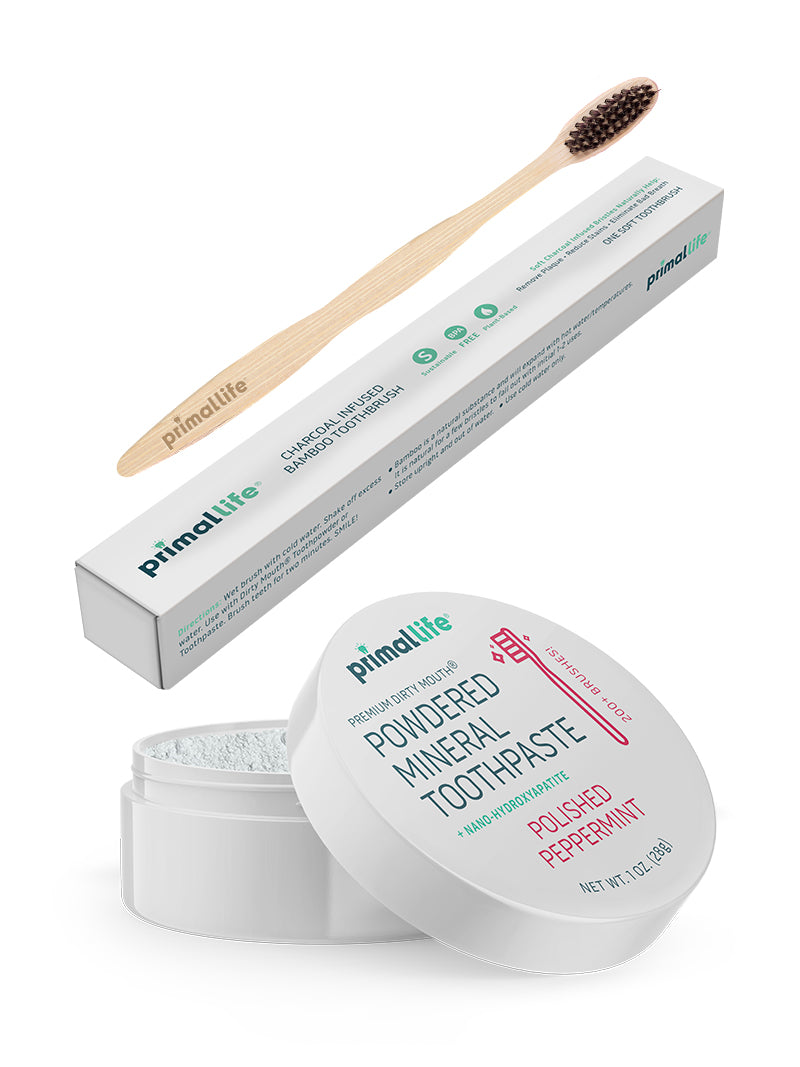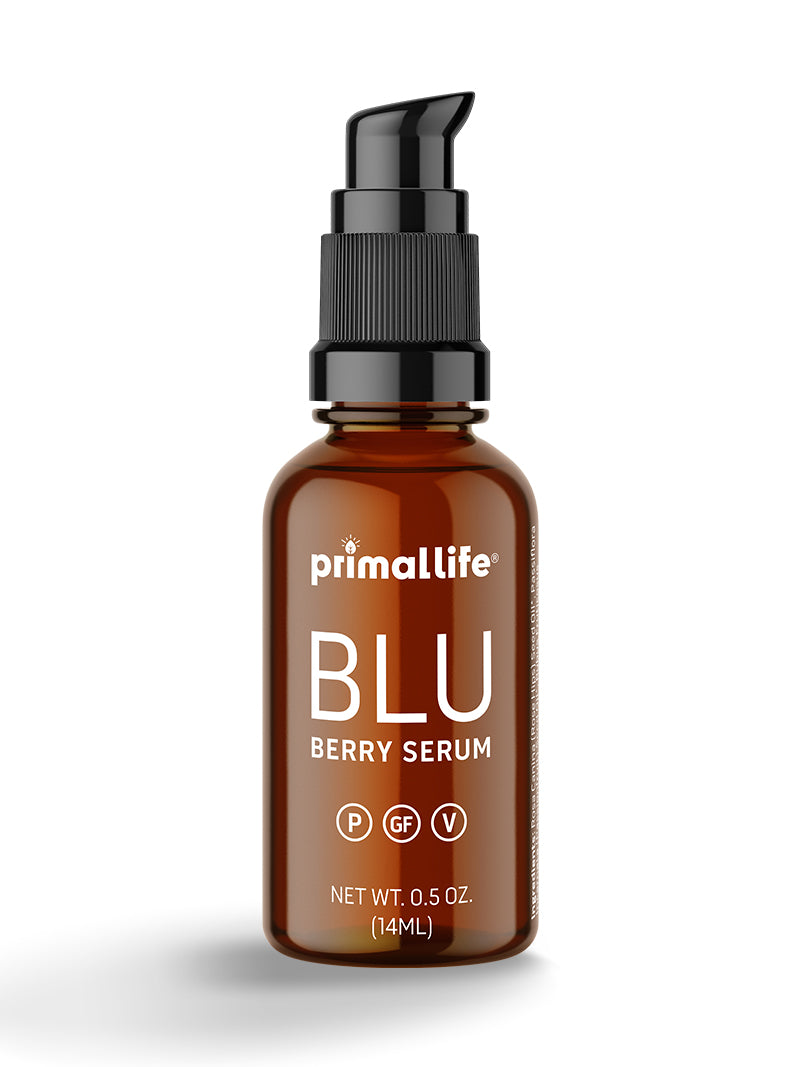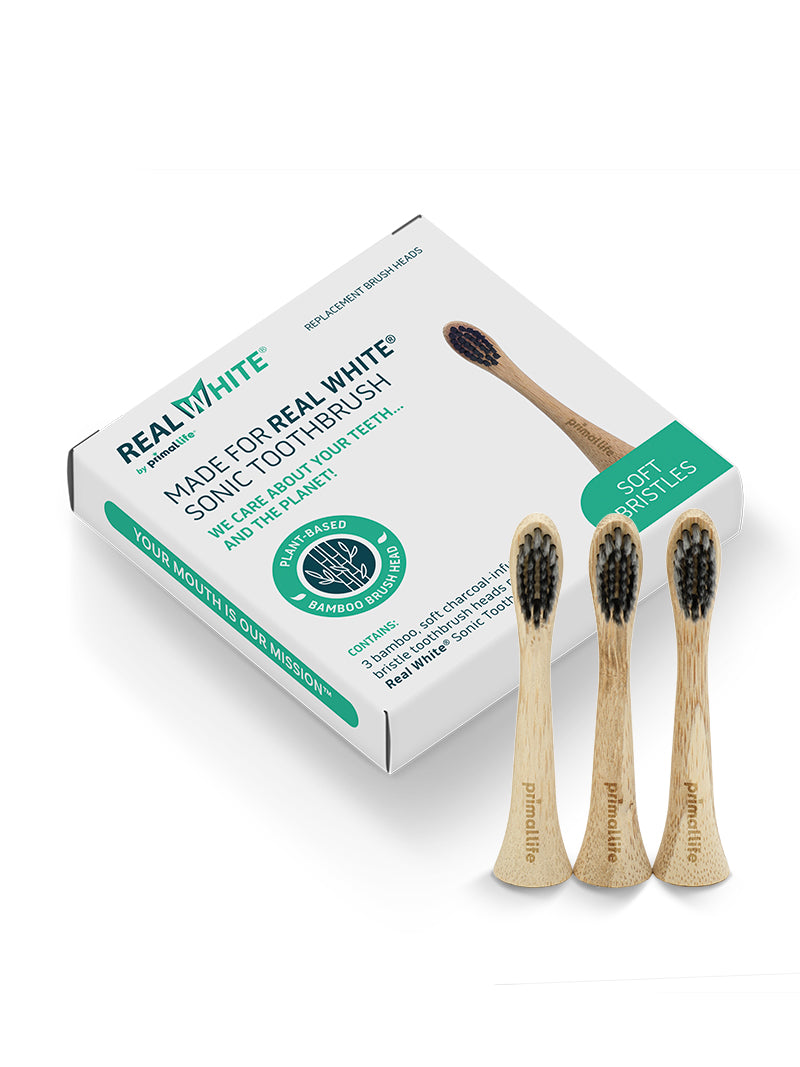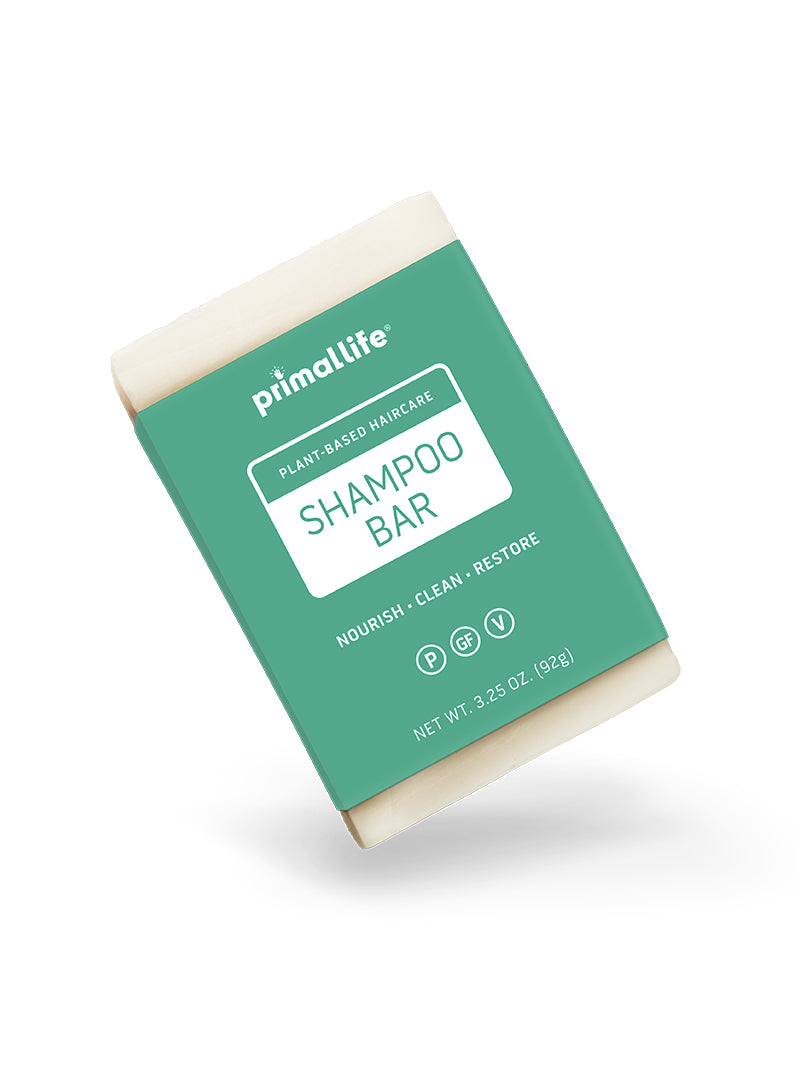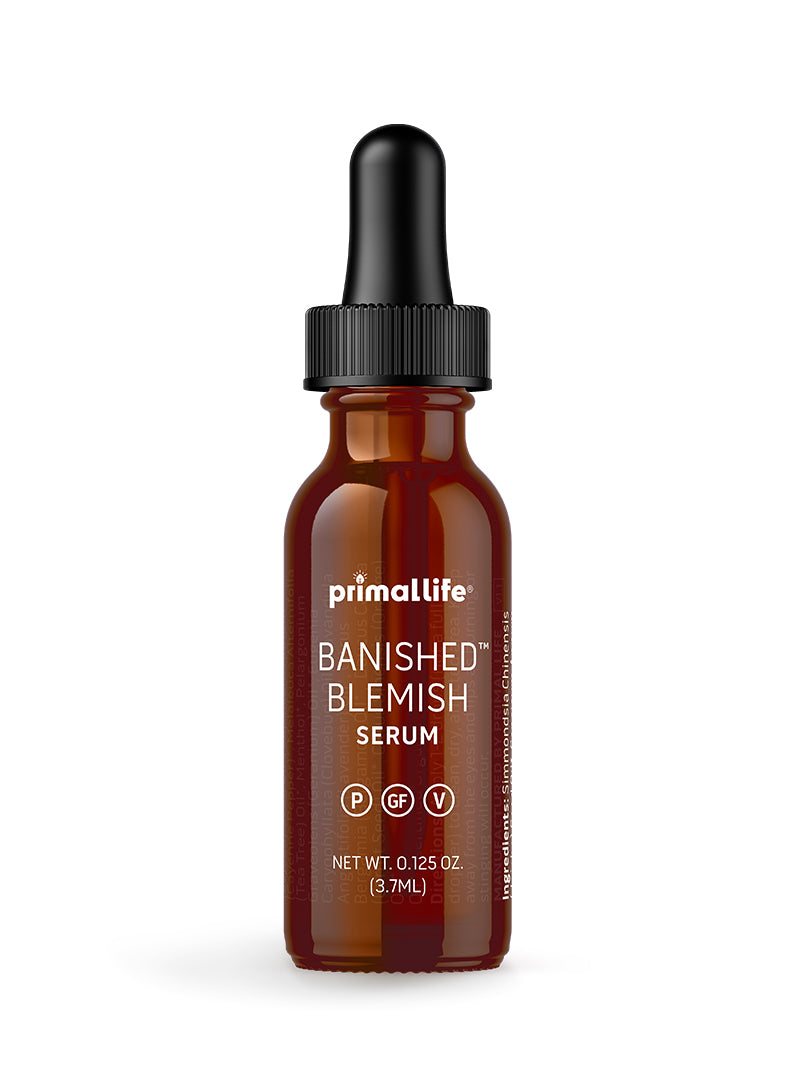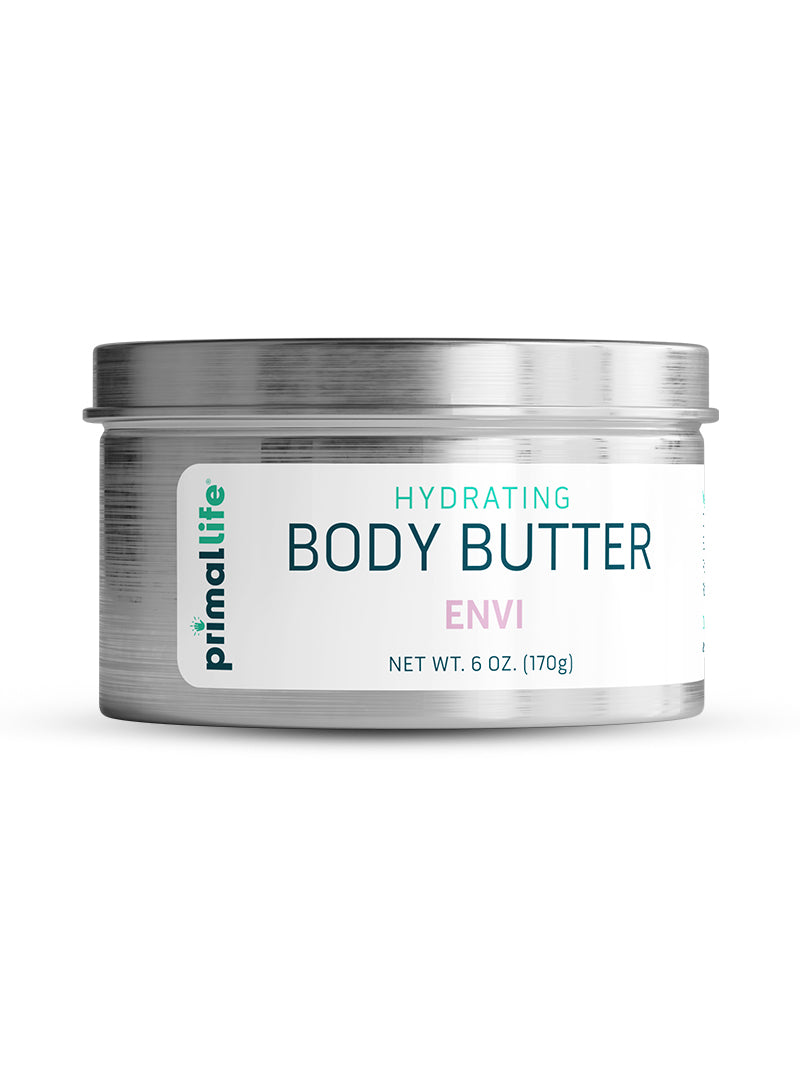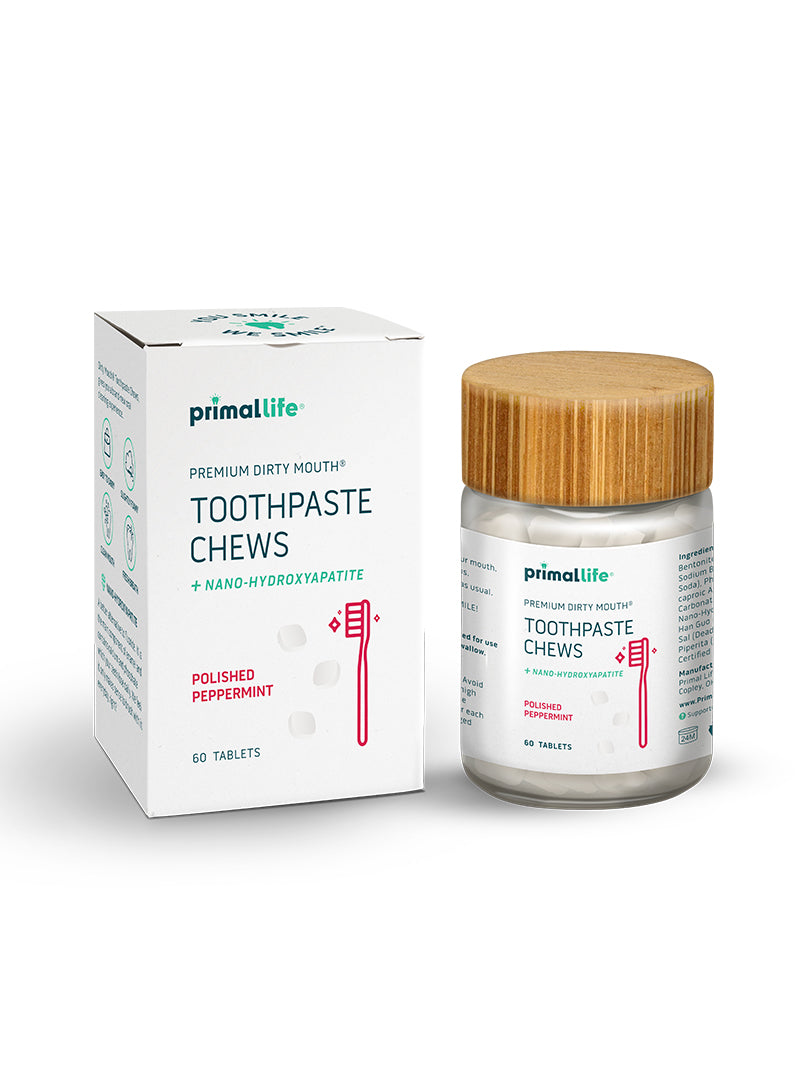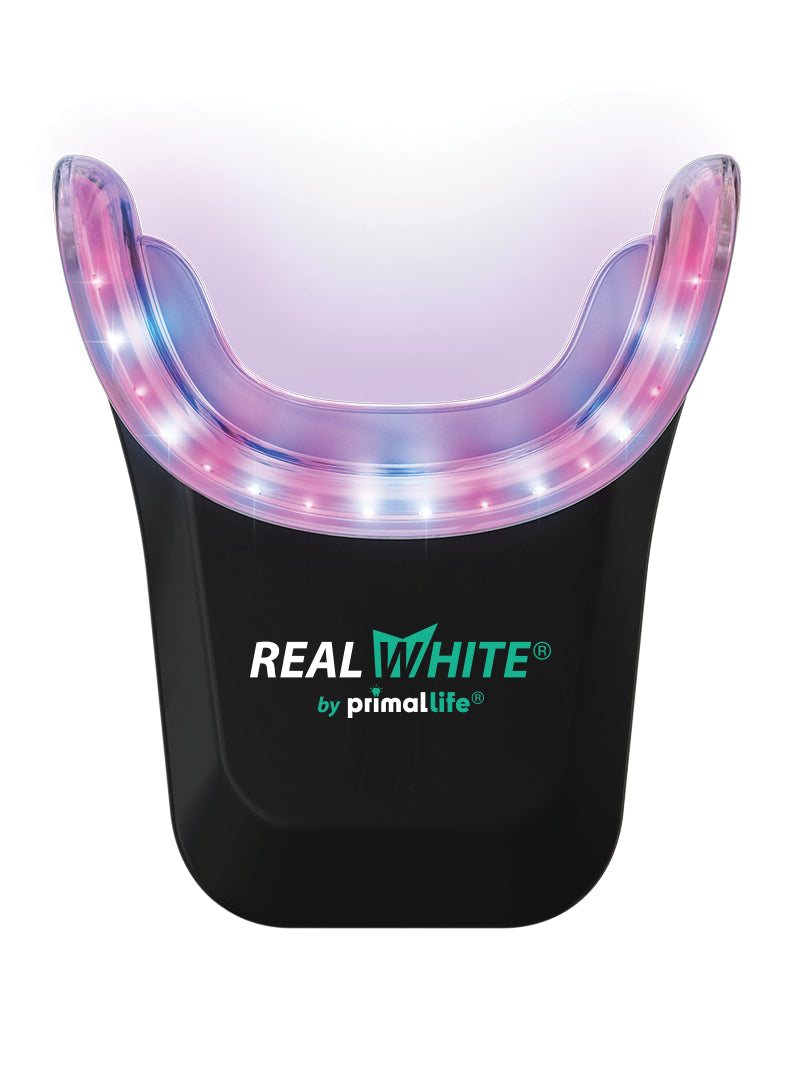Skipping the Floss in Your Dental Routine? Don’t.

It’s the question you dread every six months, like clockwork. As your dentist slowly reclines your dental chair and takes a look inside your mouth, he asks subtly, “So, have you been flossing lately?”
What’s the best answer? Do you lie and pretend you’ve been flossing like a champ? Laugh it off and claim you’ve been trying your best? Or own up to the fact that you don’t even own a roll of dental floss?
You’re definitely not alone in this dilemma. Research indicates that up to 20% of adults never floss. If we’re willing to spend 5 minutes applying makeup or 20 minutes curling our hair, why are we neglecting one of the fastest and most important parts of oral care?
If you’ve been skipping the floss in your dental routine for months or years, it’s time to change your ways. Flossing isn’t an inconvenience to shrug off; it’s just as important as brushing to prevent gum disease and keep your smile healthy.
The Most Common Flossing Excuses
Admit it, you’re a pro at making excuses to justify your lack of flossing. But those excuses won’t remove bacteria from the crevices of your teeth or prevent bad breath and bleeding gums. Only flossing has that power.
Overall, most adults give one of four common flossing excuses… all of which are pretty easy to prove wrong.
“I Just Don’t Know How to Floss!”
You didn’t know how to drive when you turned 16, but you learned! If it really matters, there’s always a way to teach yourself new skills. It helps that flossing is one of the easiest habits to learn; you don’t need a PhD in dentistry to slide floss picks between your teeth!
“I’m Busy, There’s No Time to Floss.”
It’s easy to convince yourself that this excuse is true since you really are a busy person! But flossing takes two minutes or less. You don’t have two measly minutes to spare for the sake of your oral health?
Think of everything else you manage to pack into your schedule, even when you’re in a rush: swinging through the Starbucks drive thru, chatting on the phone with a friend, and watching one more episode of that new Netflix series. Heck, you can even floss during those extra activities! There is always time to floss. Period.
“Eh, Flossing Doesn’t Really Matter.”
Hey, watch your mouth. Literally. If you really believe that flossing is inconsequential, your mouth is in trouble.
Flossing is the only part of your oral care routine that can remove bacteria and debris from in between your teeth. Imagine the toxic plaque that can accumulate on the interior surfaces of your teeth over the span of months or years if you never floss!
The consequences of not flossing begin with cavities and bad breath, but quickly spiral into serious complications like gum disease, tooth loss, bone degeneration, and chronic disease.
“Flossing Hurts Too Much, I’ll Pass.”
Flossing only hurts if you don’t do it regularly, just like running and lifting weights only leave you gasping for breath if you’re out of practice. Some of the healthiest habits require repetition and practice before they become comfortable, and flossing is no exception.
Flossing commonly causes pain because it disrupts the huge deposits of bacteria and plaque hiding between your teeth and along your gum line. As a result, flossing also irritates inflamed gum tissue and may even cause your gums to bleed.
But those side effects only occur because you haven’t been flossing regularly enough to minimize bacteria and help your gums heal from chronic inflammation. Once you start flossing every day, you’ll notice how quickly the pain and discomfort disappear as your gums become healthier.
You shouldn’t avoid flossing because of painful, bleeding gums; those are the exact reasons you must floss!
When Is the Best Time to Floss In Your Routine?
The personal care routine we each perform daily is uniquely personal, and no two regimens are alike. Some of us brush our teeth first, while others prefer to change clothes or take a shower. So where does flossing fit into the equation?
It turns out there’s no one right answer, but you can reap different benefits by flossing before and after brushing. To give yourself the best of both worlds, try alternating the timing of your flossing each day.

Flossing before you brush is an important way to break up any longer plaque and tartar settled between your teeth. After the floss loosens the bacteria, your toothbrush removes them from the mouth entirely.
However, flossing after you brush helps move the mineral remnants of your natural tooth powder into the narrow crevices between your teeth. This is a simple and creative way to make sure all five surfaces of your teeth reap the benefits of clay and essential oils.
What’s the Best Dental Floss to Use?
The best dental floss is easy to use, convenient, and, most of all, effective. There are hundreds of varieties of floss available, some of better quality than others. Sure, you could pick up a cheap container of floss at Walmart for less than a dollar, but would it deliver the results your mouth deserves?
The best dental floss worth your money should offer the following perks:
- Safe for you and your family
- Detoxifies gum tissue
- Biodegradable
- Cleans thoroughly between the teeth
- Formulated with natural active ingredients
A generic pack of floss definitely can’t deliver those benefits, so you have to look elsewhere. This Activated Charcoal Bamboo Floss sets itself light years apart from traditional floss products with powerful earthen ingredients like activated charcoal and organic peppermint essential oil to simultaneously cleanse and nourish your teeth and gums.
Beyond the hard-working ingredients, Activated Charcoal Bamboo Floss is much easier to use because it’s placed on 100% biodegradable handles made from cornstarch. You don’t need to wrap the floss around your finger or fight to angle the floss into the back corners of your mouth. These floss picks make it quick and simple to navigate between the teeth and promote healthy gums, fresh breath, and an impressively clean mouth.
Activated Charcoal
No, I’m not telling you to clean your teeth with floss that’s been coated in barbecue charcoal! Activated charcoal is a fine, odorless powder made from coconut shells. As it’s heated, the internal structure of charcoal becomes more porous with holes in each molecule. This gives activated charcoal a negative charge that helps it bind to surrounding molecules and ions, including the pathogens in your mouth!
The toxin-binding properties of activated charcoal have been used as a poison antidote by hospitals since the early 19th century. Since it binds to many drugs and pulls them out of the body, doctors keep activated charcoal nearby to prevent overdose and poisoning. In fact, a single dose of this substance is shown to reduce drug absorption in adults by up to 74% if taken within five minutes of the drug.
The same properties that enable activated charcoal to remove toxins from the stomach apply in the mouth as well, which makes these ingredients such a unique addition to the best dental floss. Its adsorptive properties bond to bacteria, sugar, acid, and other pathogens, then pull them out from between your teeth.
Think of activated charcoal like the extra muscle behind your floss; instead of relying only on the motion of your dental floss to scrape away bacteria, you also unleash the binding powers of activated charcoal to suck them up like a vacuum cleaner.
Once your dental floss removes the yuck hiding in between your teeth, your mouth stands a real chance of overcoming the bacterial overgrowth causing bad breath, bleeding gums, and cavities. It’s a domino effect that you want to initiate! Without so much bad bacteria to bully your oral health, good probiotic bacteria can finally thrive. This helps saliva do its job to balance the pH in your mouth and rejuvenate your smile.
Organic Peppermint Essential Oil
Mint toothpaste, mint gum, breath mints… mint is the signature aroma of fresh breath.
The problem is that most mint products only temporarily mask the root causes of your bad breath. Organic peppermint essential oil is the exception. Rather than hiding bad breath, peppermint essential oil unleashes potent plant compounds to attack bacteria and other microbes threatening your oral health.
Peppermint essential oil offers important therapeutic properties, including the ability to inhibit the spread of oral pathogens known to cause cavities and gum disease. In fact, research shows that peppermint essential oil can inhibit the activity of more than 75% of the strains of aggregatibacter actinomycetemcomitans, the main pathogen in aggressive forms of gum disease.
Just imagine this type of antibacterial power unleashed between your teeth as you floss! Organic peppermint essential oil doesn’t just leave your breath smelling fresh; it cleans the tight spaces between your teeth by zapping bacteria, biofilm, and other forms of toxic residue.

Is There a Technique to Flossing Well?
Flossing has a reputation for being frustrating, time consuming, and downright tedious, but only because so many people are using the wrong floss! Once you start using the best dental floss, you’ll master the art of flossing in two minutes or less.
Here are the techniques that I recommend to help your flossing routine remain quick yet efficient:
- Gently guide the flosser between the teeth until it reaches the gum
- Use a “C” shaped motion to clean above and below the gum line.
- Remove floss and repeat on each tooth.
- Rinse flosser as needed
See? That isn’t so complicated. The Primal Life Organics floss picks also include a special toothpick end that you can use to get as close to a dental appointment from home as possible.
Follow these directions to remove plaque and food particles from your gum line:
- Place tip of pick between the teeth and gum line.
- Use a gentle in and out motion to remove bacteria buildup
- Repeat motion and rinse flosser as needed
Finally, don’t forget my favorite Pro Tip: rub a bit of Dirty Mouth Toothpowder or Boost Gum Serum along your gum line to stimulate healing and remineralization long after you’ve left your bathroom sink.
What Happens If You Don’t Floss or You’re Flossing Ineffectively?
The core purpose of flossing is to remove the plaque and bacteria sitting between your teeth. So if you never floss or floss ineffectively, all of that plaque and bacteria gets comfortable and starts reproducing. Ew.
This does more than cause your teeth to look discolored and your breath to smell putrid. Plaque’s acidic base slowly but surely eats away at your tooth enamel and destroys the healthy structure of your teeth. Cavities offer the first warning sign of plaque damage, and yes, it’s possible to get cavities in between your teeth.
One isolated cavity or slightly discolored teeth might not sound your warning bells, but the ongoing presence of plaque eventually causes gingivitis, the first stage of gum disease.
If you’re familiar with any of the following symptoms, gingivitis may already be compromising your oral health:
- Bright red gums
- Tender, painful gums
- Bleeding from the gums
- Chronic bad breath
- Increased tooth sensitivity
- Tooth decay and cavities
Left untouched, plaque morphs into tartar and puts you at risk of even more severe consequences. Since tartar can develop both above and below the gum line, it threatens not just your teeth, but your jaw bone and gum tissue too.
Over time, the buildup of plaque and tartar creates the perfect storm of oral problems that leads to the more severe form of gum disease called periodontitis. More than 64 million American adults have periodontitis defined by the following signs:
- Pockets between the gums and the teeth
- Recurring gum abscesses
- Loose and shifting teeth
- Receding gums
- Tooth loss
- Degeneration of the jawbone
While gingivitis can be easily reversed with more strategic oral care habits, periodontitis requires intense and often invasive treatment to get under control. Worse yet, there’s a clear and well-researched connection between poor dental hygiene and disease throughout the body. Out-of-control bacteria triggers widespread inflammation that moves quickly into your bloodstream to wreak havoc on your body.
Chronic inflammation is one of the most concerning symptoms of poor oral health. It’s far more than just swelling and redness. Chronic inflammation is the root of all disease! When the body’s healthy response to injury becomes permanently “turned on” by injury or trauma, steady inflammation places extreme strain on arteries and organs. This eventually contributes to conditions like cancer, diabetes, heart disease, Alzheimer’s disease, and many more.
Start Flossing Now: What Are You Waiting For?
Don’t make flossing the responsibility you ignore for as long as possible, like changing the oil in your car or doing your taxes. Flossing isn’t an inconvenience or burden; it’s simply an extension of your brushing routine. You would never consider abandoning your toothbrush permanently, right? Flossing deserves that same loyalty and commitment since it plays just as large of a role in sustaining your oral health.
As long as you’re using the best dental floss and sticking to recommended flossing techniques, you can clean, nurture, and protect your teeth in less time than it takes to swing through a shave your legs or apply your makeup!
YOU MIGHT ALSO ENJOY:
- HOW TO GET RID OF PLAQUE (AND PREVENT IT FROM COMING BACK!)
- HOW TO REMOVE TARTAR FROM YOUR TEETH (WITHOUT A DENTIST!)
-
EVERYTHING YOU NEED TO KNOW ABOUT LED TEETH WHITENING [VIDEO]
Resource Links:
https://www.ncbi.nlm.nih.gov/pmc/articles/PMC6434526/
https://www.ncbi.nlm.nih.gov/pubmed/26409027
https://www.ncbi.nlm.nih.gov/pubmed/26409027
https://www.ncbi.nlm.nih.gov/pmc/articles/PMC4054083/
https://www.ncbi.nlm.nih.gov/pmc/articles/PMC4606594/
https://www.researchgate.net/profile/Beena_Antony/publication/305127574_ANTIBACTERIAL_AND_ANTIBIOFILM_ACTIVITIES_OF_PEPPERMINT_MENTHA_PIPERITA_LINN_AND_MENTHOL_MINT_MENTHA_ARVENSIS_LINN_ESSENTIAL_OILS_ON_AGGREGATIBACTER_ACTINOMYCETEMCOMITANS_ISOLATED_FROM_ORODENTAL_INFECT/links/5783ae9408ae37d3af6bff82/ANTIBACTERIAL-AND-ANTIBIOFILM-ACTIVITIES-OF-PEPPERMINT-MENTHA-PIPERITA-LINN-AND-MENTHOL-MINT-MENTHA-ARVENSIS-LINN-ESSENTIAL-OILS-ON-AGGREGATIBACTER-ACTINOMYCETEMCOMITANS-ISOLATED-FROM-ORODENTAL-INFECT.pdf
https://www.nidcr.nih.gov/health-info/for-older-adults
https://www.perio.org/newsroom/periodontal-disease-fact-sheet
https://www.nature.com/articles/sj.bdj.2017.224
https://www.nature.com/articles/s41591-019-0675-0?fbclid=IwAR3DAUfM0Ee0gnHOGBU0juIEfsvkDAXQ3Ew1RY0ORRWmjZtkXCQzPW-wZkg


